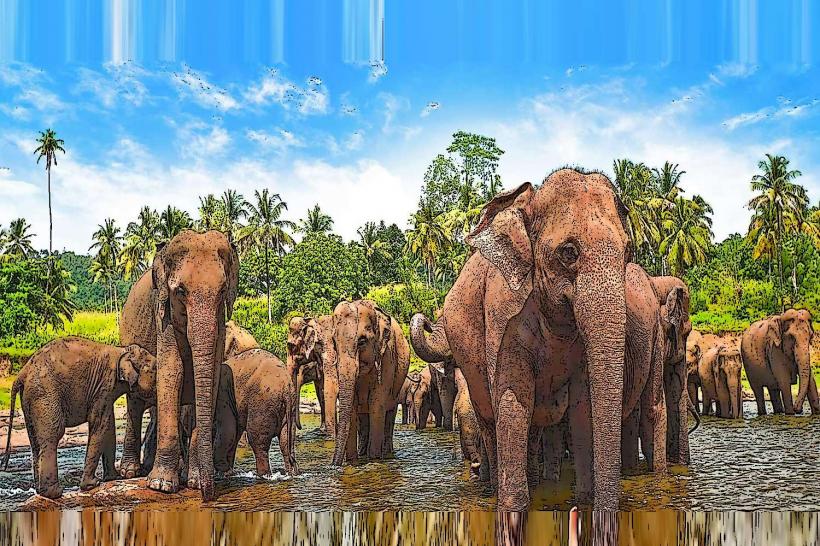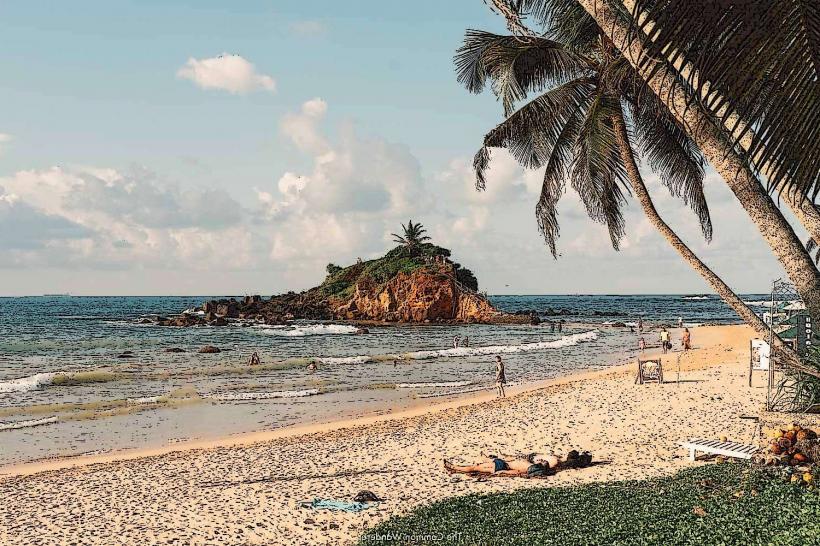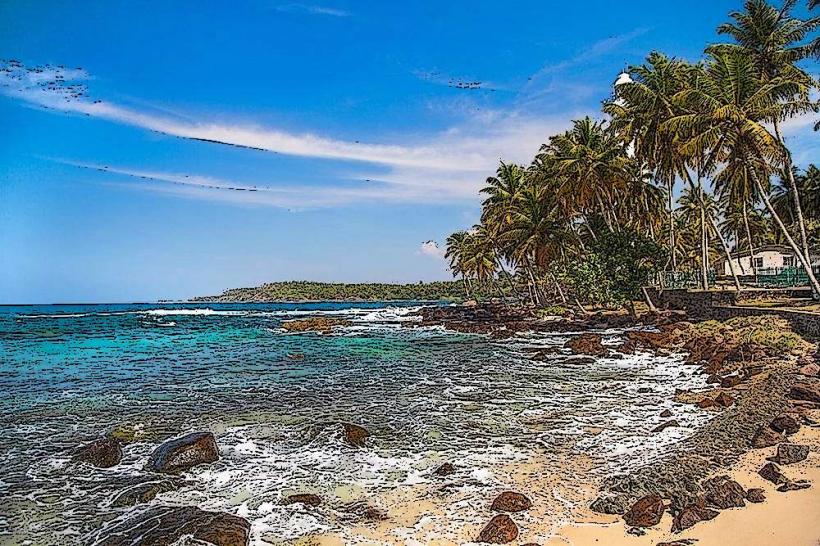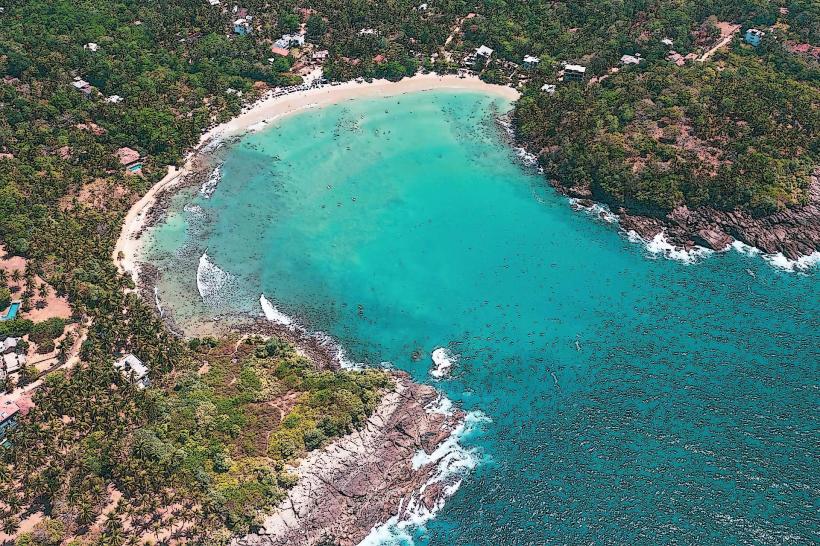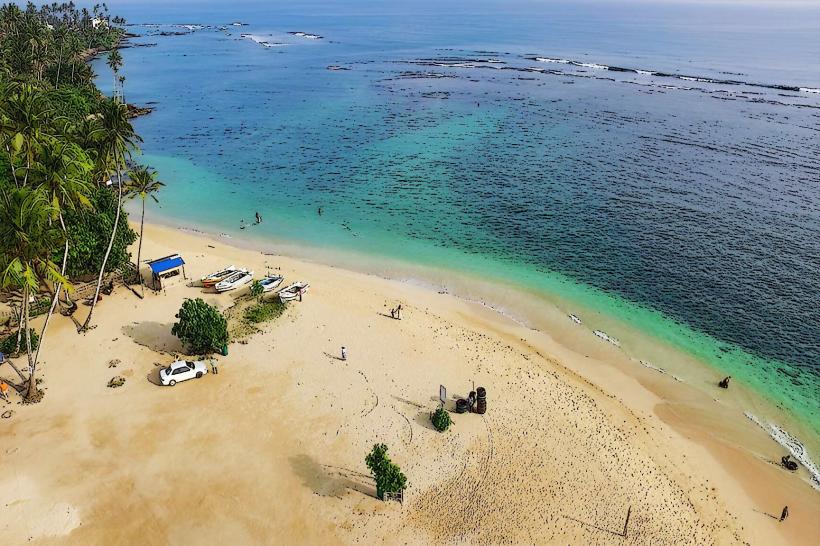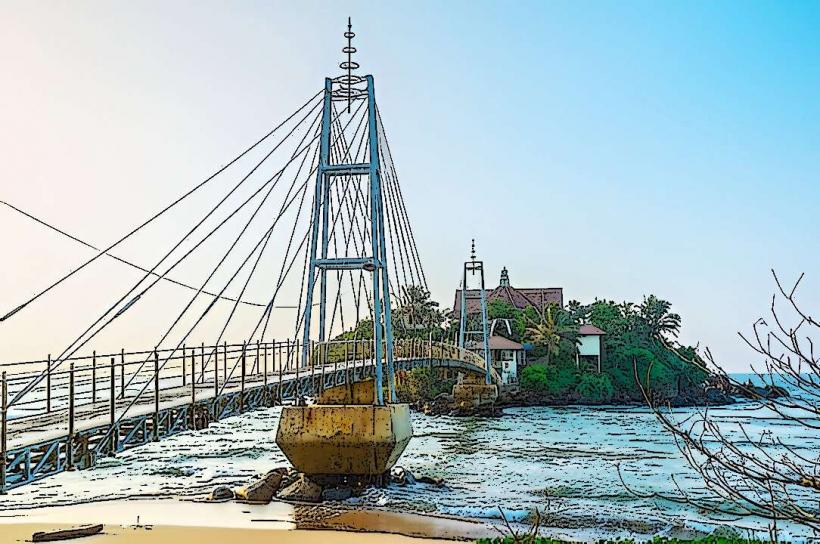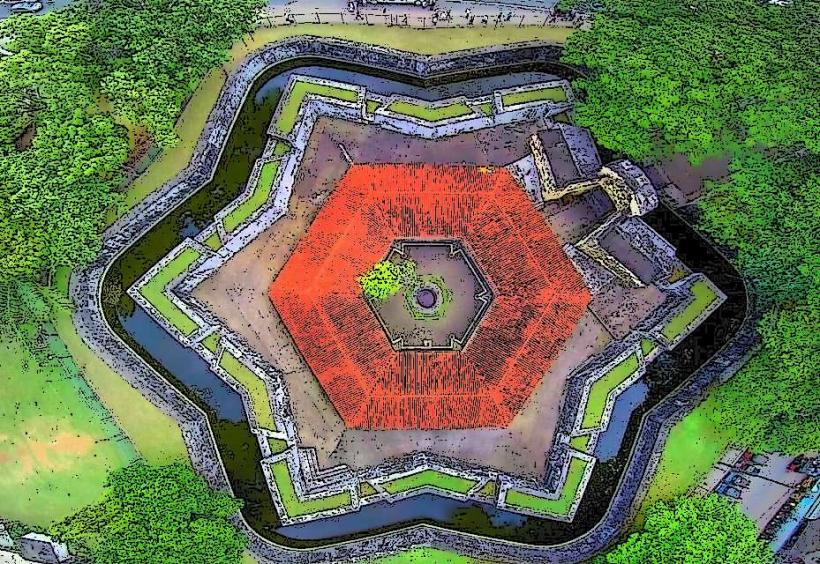Information
Landmark: Matara FortCity: Matara
Country: Sri Lanka
Continent: Asia
Matara Fort, Matara, Sri Lanka, Asia
Overview
Matara Fort stands as a historic landmark in the coastal town of Matara, where sea air drifts in from Sri Lanka’s southern shore, as well as the Portuguese first built the fort, and the Dutch later expanded it, leaving thick stone walls that echo the island’s colonial past and reveal the era’s sharp eye for design and defense.Perched by the sea where the Nilwala River meets the shore, the fort gives you sweeping ocean views and a chance to wander through a slice of Sri Lanka’s colonial history, to boot first.In the heart of Matara, where the Nilwala River meets the southern coast of Sri Lanka, stands Matara Fort-first built by the Portuguese in 1560 and later expanded by the Dutch in 1645 to guard against invasions and uprisings; its coral-stone walls still rise high, the Dutch East India Company’s crest carved above the main gate, and today it shelters government offices, schools, homes, and the 1706 Dutch Reformed Church, blending centuries-heritage history with everyday life, along with the fort showcases colonial-era architecture, weathered antique furniture, and a quiet cemetery marked with Dutch tombstones.In a way, Today, it also houses government offices like the Matara Kachcheri, while local schools and homes sit within its walls, weaving daily life into its history, moreover from the ramparts, you can watch the Indian Ocean shimmer and the Nilwala River wind past.Just across that river stands the Star Fort, a six-pointed Dutch stronghold built in 1765, simultaneously a trip to Matara Fort pairs well with nearby sights like Parey Dewa (Paravi Duwa) Temple-a slight Buddhist shrine perched on an island you reach by crossing a swaying suspension bridge-Polhena Beach, where calm waters invite swimming and snorkeling, and Weherahena Temple, home to a towering Buddha and dimly lit underground shrines just a short drive away; once inside the fort, wander its colonial walls, snap photos of weathered bastions against the sea, step into the Dutch Reformed Church to view its relics, or simply sit and soak in the quiet views, especially if you visit in the dry season from November to April, catching the soft light of early morning or the golden glow before sunset, with Matara lying about 160 km south of Colombo.You can get there by train on the Southern Railway, a ride that winds past green fields and glimpses of the ocean, or by bus or car along the speedy Southern Expressway, in conjunction with from Galle, it’s about 45 kilometers southeast-roughly an hour by any of those options.Wear comfortable shoes, as the fort’s paths mean a fair bit of walking, after that be respectful, since some sections are home to residents and government offices.For a full day out, pair your visit with nearby spots like Star Fort and Polhena Beach, equally important in the end, Matara Fort draws you in with its rich history, striking architecture, and vibrant culture, from weathered stone walls to echoes of the past in every corner.As you can see, With its sturdy historic walls, the Dutch Reformed Church standing in quiet dignity, and the sparkle of the sea just beyond, it’s a setting every traveler should observe along Sri Lanka’s southern coast, moreover whether you’re leafing through ancient stone archways with your camera, soaking up the salty breeze, or simply craving a quiet retreat, Matara Fort pulls you into a vivid slice of Sri Lanka’s colonial past.
Author: Tourist Landmarks
Date: 2025-09-12

